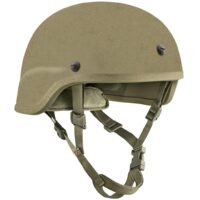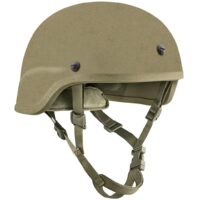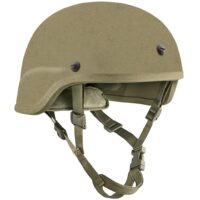Ballistic protection is designed to protect personnel, vehicles and structures from fragments caused by explosions, and projectiles such as bullets, and can also help mitigate the effects of blast energy from the explosions themselves.
Introduction to Ballistic Protection
Ballistic protection systems and equipment are essential for the protection or personnel and survivability of military vehicles and structures.
Modern ballistic protection systems typically use lightweight specialist materials and composites to achieve optimum strength-to-weight ratios, providing maximum levels of protection without sacrificing comfort, manoeuvrability or performance.
Vehicle Ballistic Protection
Military vehicle ballistic protection systems increase survivability of a wide range of military vehicles, including battle tanks, armored supply vehicles and personnel vehicles, and military tactical vehicles.
Typically utilizing metals, glass, plastic and advanced composites, military vehicle ballistic protection systems protect personnel from a range of threats including IEDs, guided missiles, munitions and mines.
Vehicle ballistic protection may take the form of 3D-molded armor that can be structurally bonded to the vehicle. This armor may include under-belly plating to protect against landmines and IEDs (improvised explosive devices). Vehicles will also typically be equipped with bullet-resistant glass, or Spall liners that protect occupants from glass fragments and shrapnel.
Protective Body Armor, Ballistic Vests & Helmets
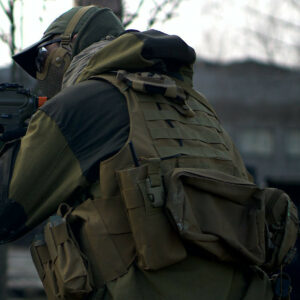 Personnel-worn ballistic protection armor commonly falls into one of two categories, soft or soft-rigid. Soft armor uses flexible textiles such as Kevlar to provide protection, whereas soft-rigid armor combines textiles with rigid ceramic armor plates. The rigid plates spread the kinetic energy of the projectile over a wide area, and the textiles also disperse kinetic energy and deform the projectile before it impacts the armor plates.
Personnel-worn ballistic protection armor commonly falls into one of two categories, soft or soft-rigid. Soft armor uses flexible textiles such as Kevlar to provide protection, whereas soft-rigid armor combines textiles with rigid ceramic armor plates. The rigid plates spread the kinetic energy of the projectile over a wide area, and the textiles also disperse kinetic energy and deform the projectile before it impacts the armor plates.
Body-worn tactical protection solutions for defense applications may include overt, covert and tactical vests, tactical helmets, ballistic protective goggles and ballistic sunglasses.
Body armor may also be designed with buoyancy capabilities for use in maritime environments such as onboard naval vessels.
Modular Ballistic Protection Systems
Modular Ballistic Buildings, Blocks and Portable Shelters
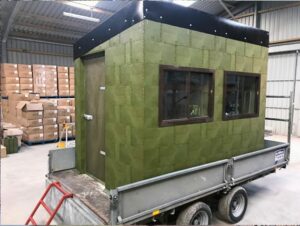
QUICKBLOCK’s modular building system can be infilled for additional strength, stability and ballistic protection
Buildings can be equipped directly with a variety of modular ballistic protection measures, such as armored panels and cladding, reinforced doors, and bullet-resistant glass. Modular ballistic protection systems made of interconnecting ballistic protection blocks or panels can also be used to protect structures or create new temporary enclosures.
Armored panels may also be erected inside tents to protect personnel while they sleep. These modular ballistic shelter solutions are ideal to protect soldiers stationed in highly remote regions, where it can be difficult to provide bulkier forms of protection such as concrete blocks and sandbags.
Modular Ballistic Vests and Body Armor
Modular ballistic protection vests are designed for optimum versatility, ensuring suitability for a wide variety of operations. Modular vests typically incorporate optional/removable hard- and soft-armor inserts and plates, and protective neck, groin and upper arm components.
Modular vests also typically include webbing and fittings for placement of equipment pouches and provision for hydration systems.
Ballistic Protection Ratings
Ballistic protection solutions can be rated according to a number of standards such as the European Normalization Standard (CEN) and the United States National Institute of Justice (NIJ). These ratings are often assigned based on the projectile that they are able to stop, from small handgun calibers such as 9mm up to armor-piercing rifle ammunition.





